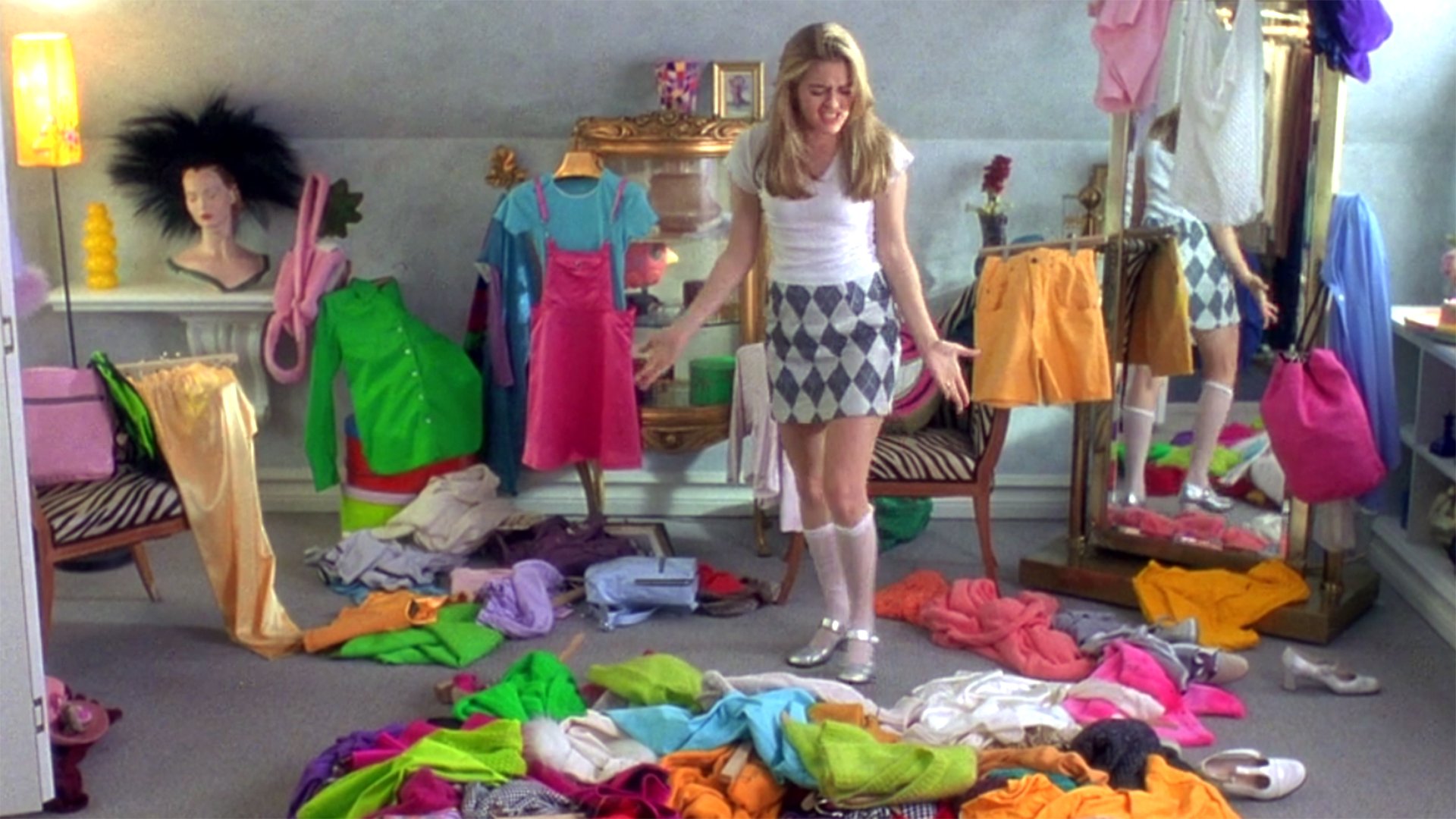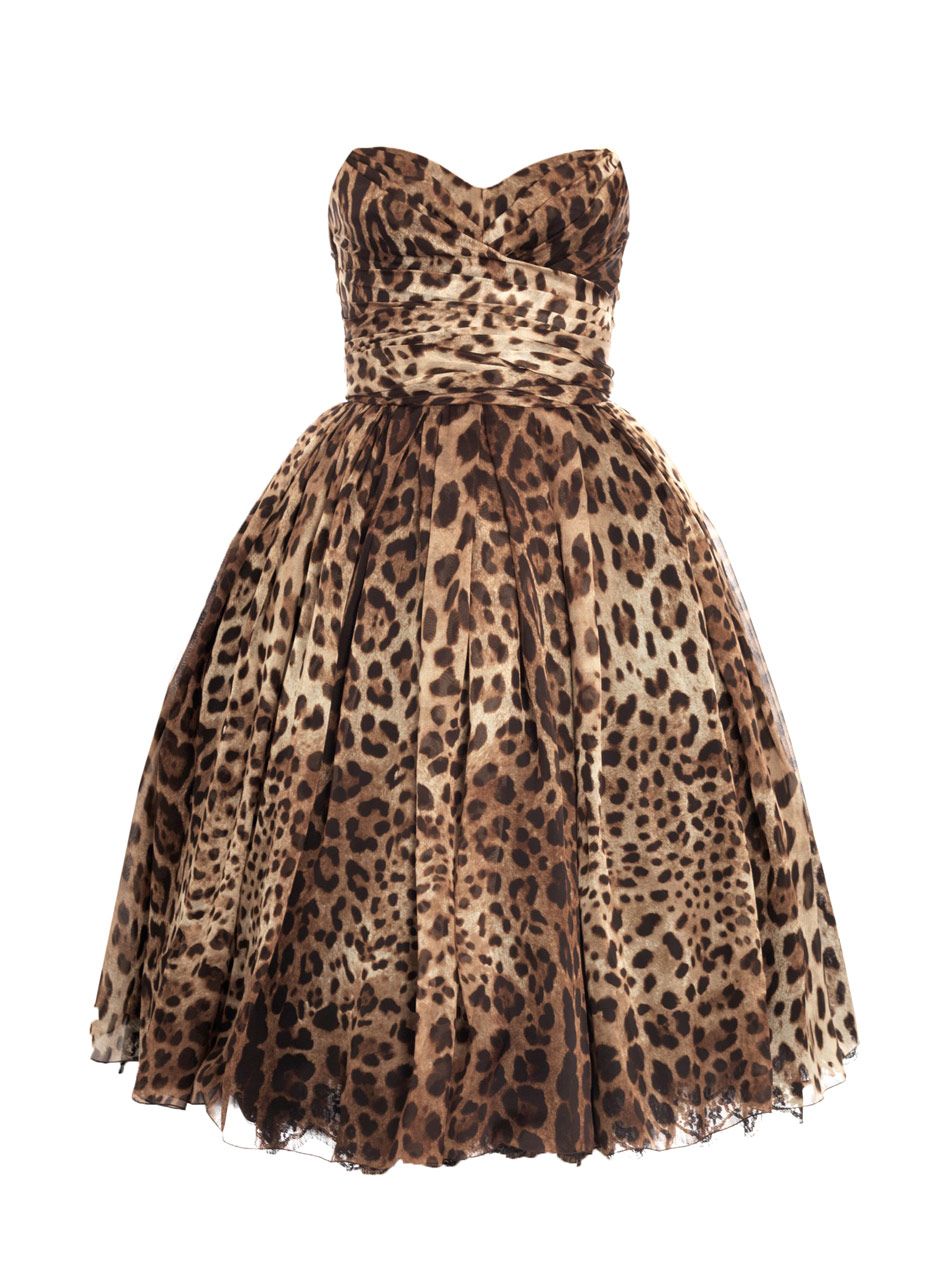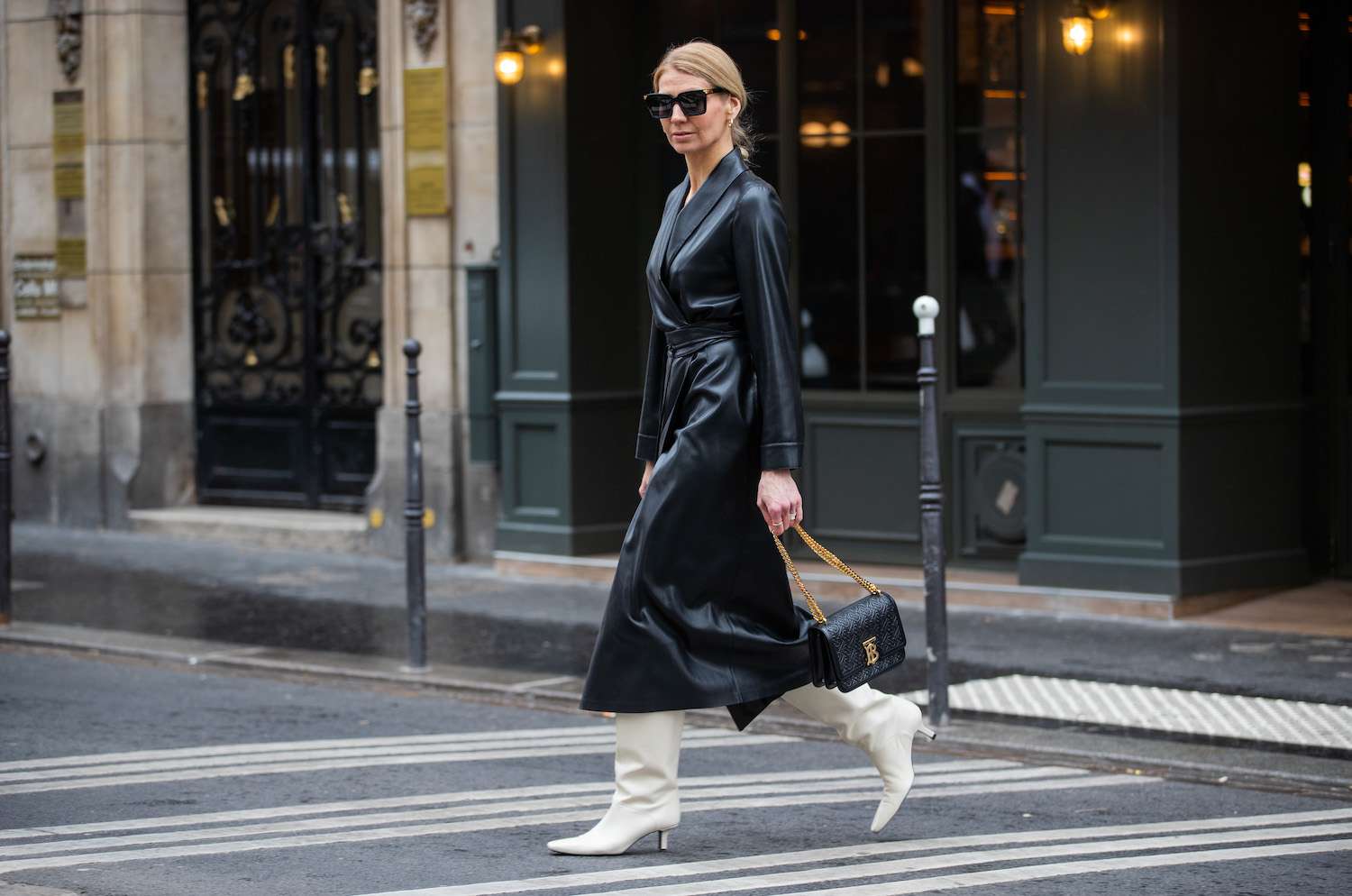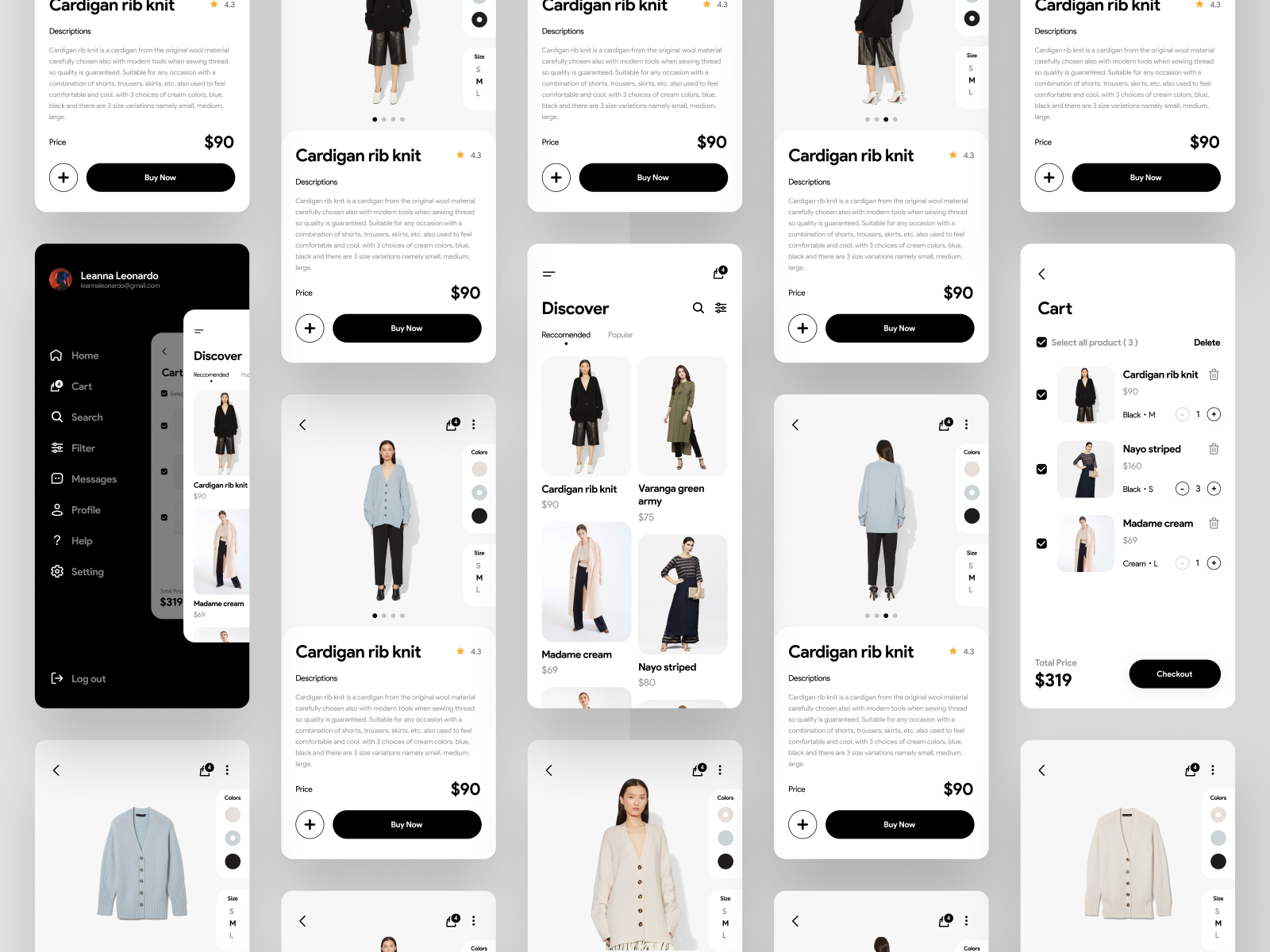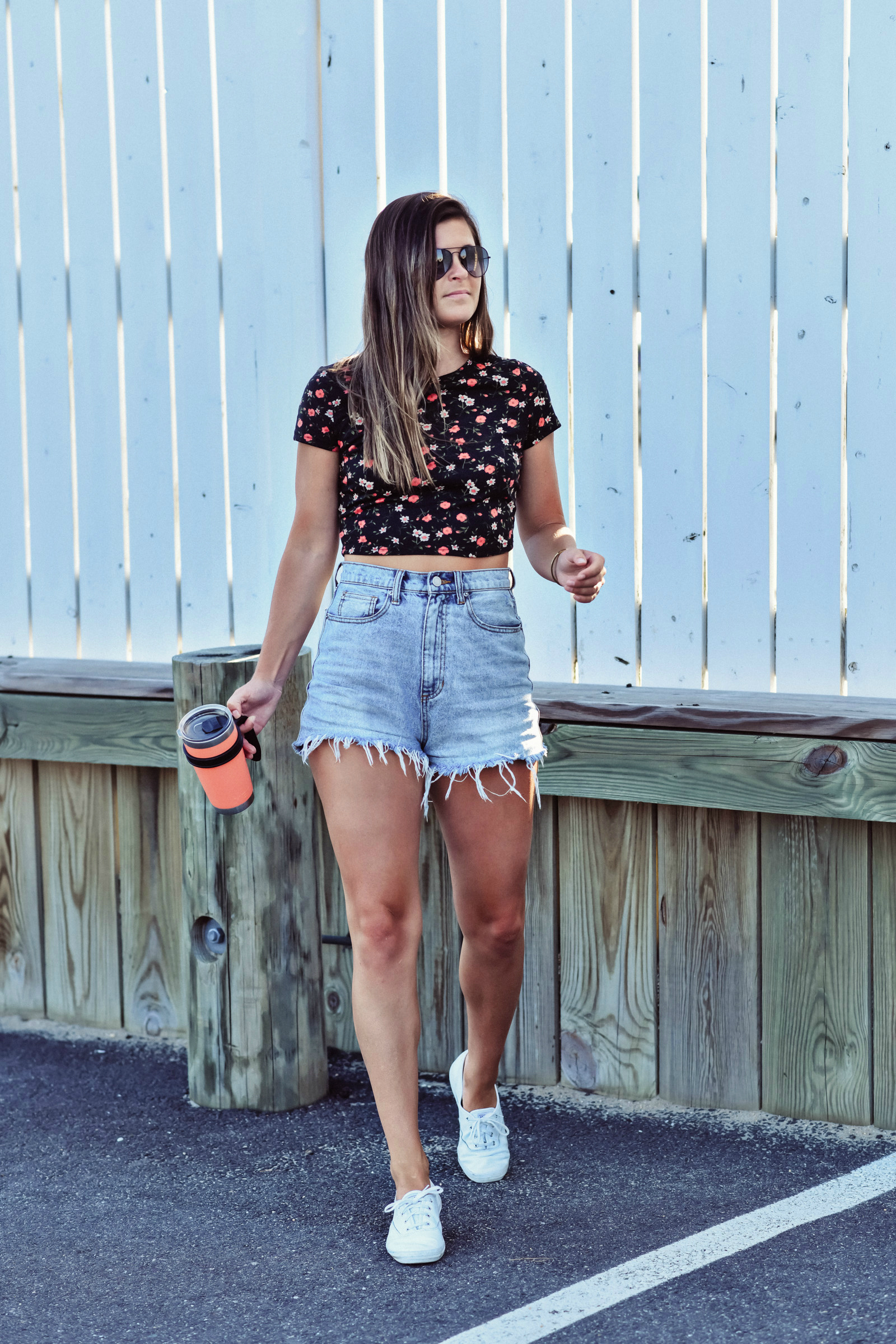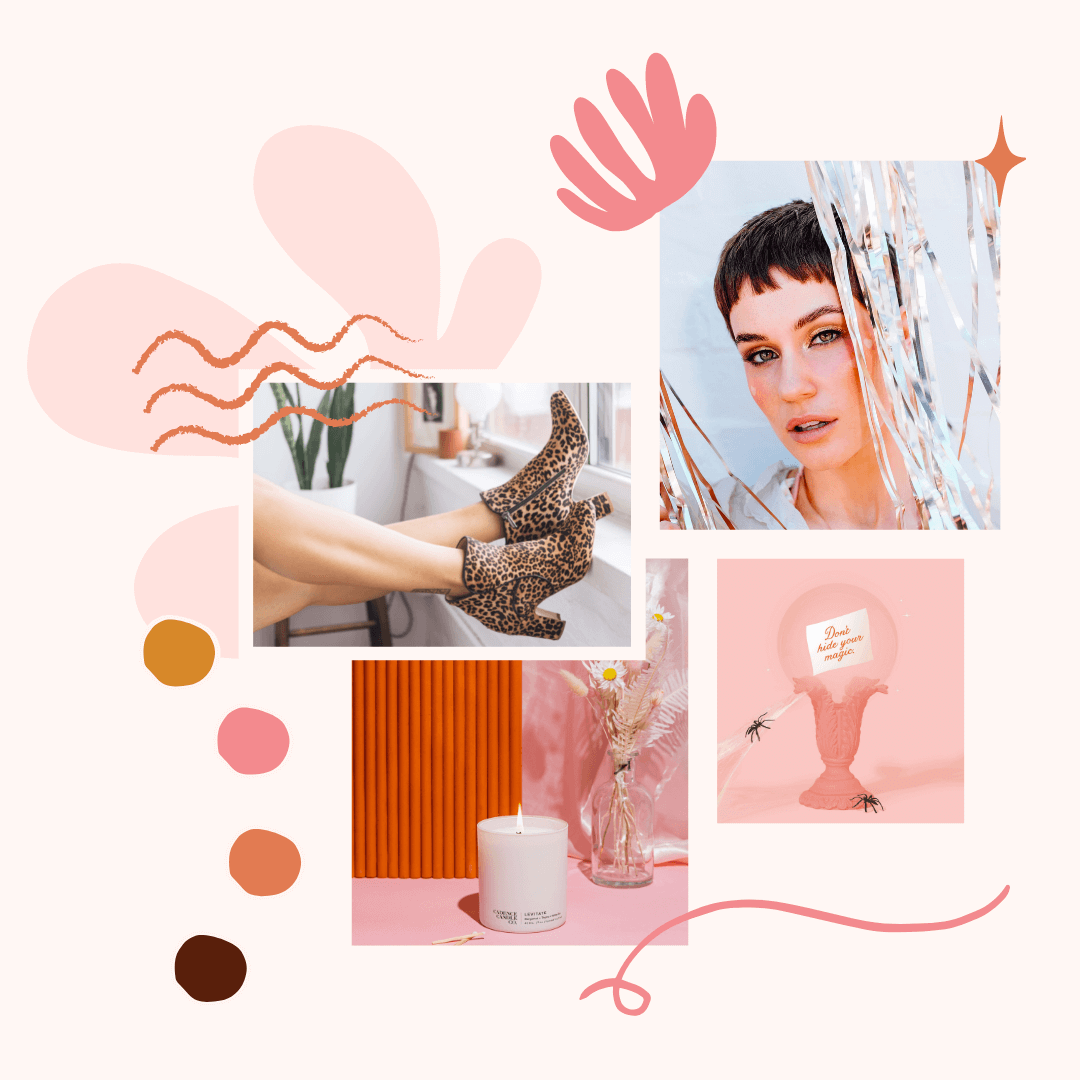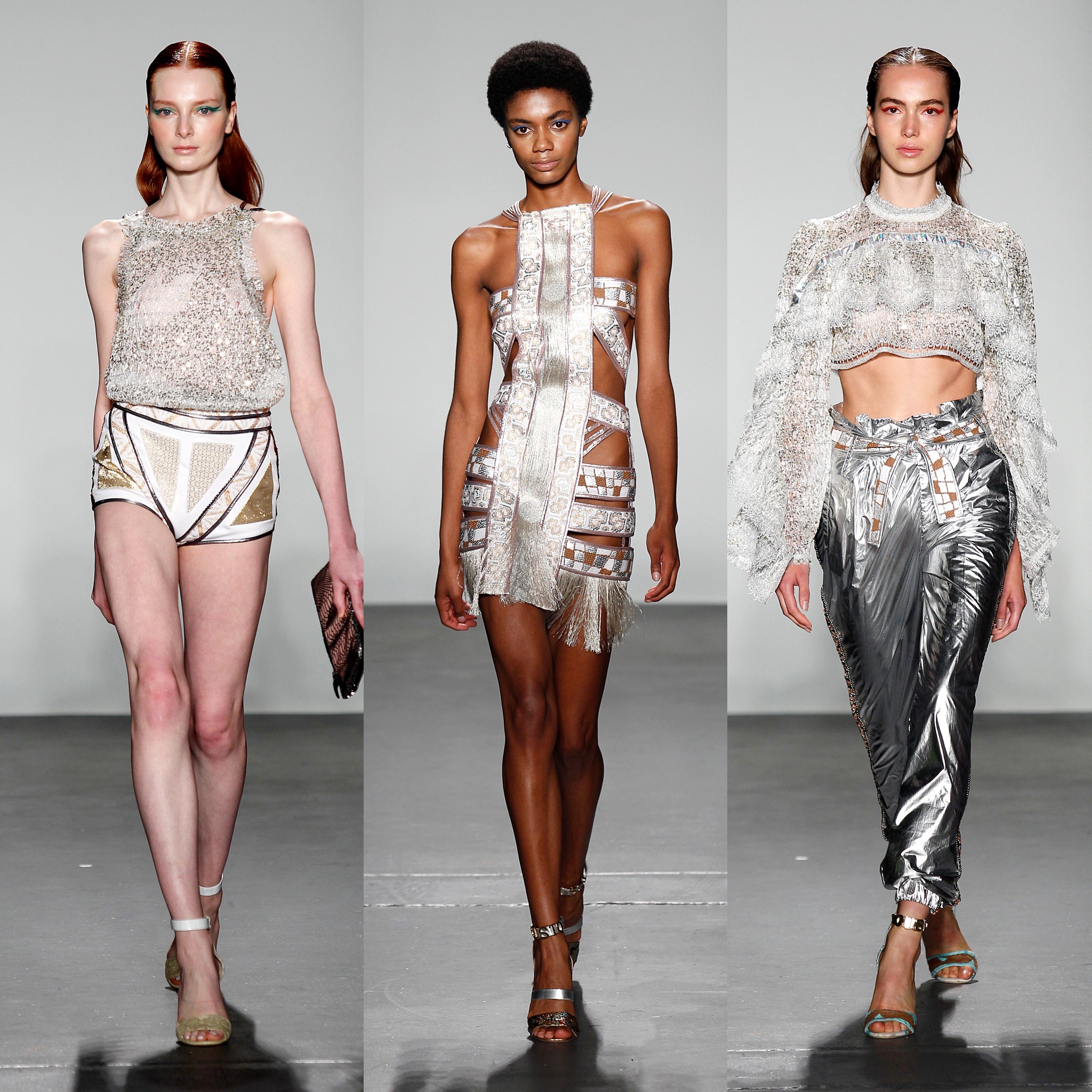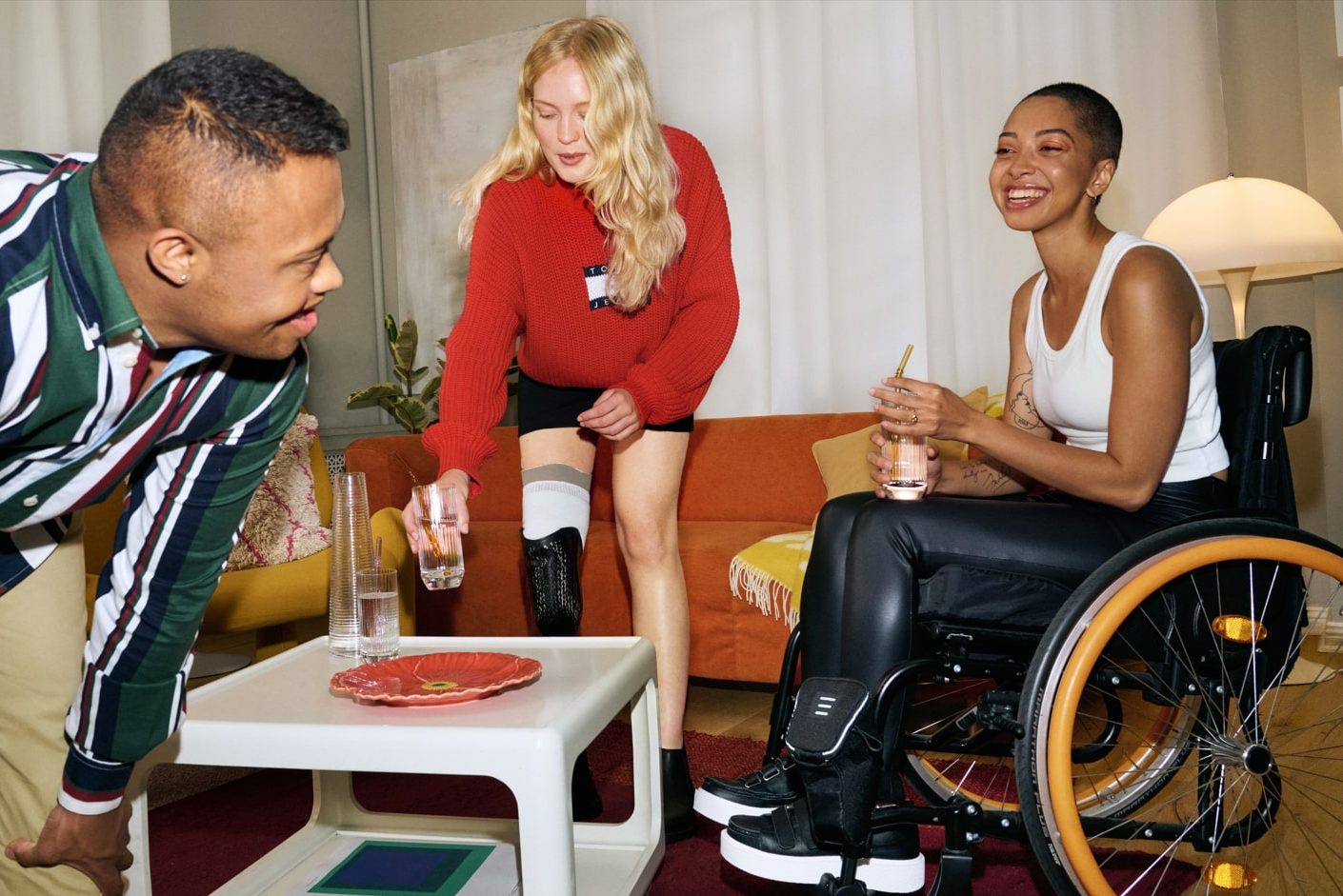By fashionmarketing.co.nz | Fashion Marketing Insights
What Happens When the Fashion Industry Finally Listens?
For decades, fashion told us who clothes were for. Tall. Thin. Symmetrical. Able-bodied. It painted a polished, one-size-fits-some picture—and left many of us outside the frame. But something’s shifting.
We’re in the middle of a fashion revolution, and no, it’s not just about Y2K comebacks or sustainable threads. It’s about adaptive fashion—a movement that dares to ask: Why shouldn’t everyone get to feel good in their clothes?
Adaptive Fashion: More Than Just Functional
If you’re picturing baggy hospital-wear or orthopedic shoes, pause. Today’s adaptive fashion isn’t just about function—it’s about style with purpose.
Think magnetic closures instead of buttons, sensory-friendly seams, wheelchair-friendly silhouettes, prosthetic-accommodating pant legs—all designed without compromising aesthetic.
It’s not about hiding disabilities. It’s about celebrating diversity in form, movement, and needs.
Let’s Talk Real-Life Impact
Meet Jordan
Jordan’s 28, a graphic designer with cerebral palsy. Getting dressed each morning used to take 40 minutes and sometimes ended in tears. “Fashion always felt like something for other people,” they said.
That changed when they discovered a startup offering adaptive streetwear—zippered hoodies with side entries, elasticized denim that doesn’t bunch up when seated, and best of all, pieces that actually looked cool. “For the first time, I felt like I belonged in fashion,” Jordan shared.
Fashion marketing take note: this is the emotional connection brands dream of.
Who’s Doing It Right?
1. Tommy Hilfiger Adaptive
A pioneer in this space, Tommy launched a full adaptive line with magnetic buttons, adjustable hems, and easy closures—all without skimping on the signature prep aesthetic. What’s remarkable? It wasn’t an afterthought—it was a full design philosophy.
2. IZ Adaptive
Founded by Izzy Camilleri, one of Canada’s most respected fashion designers, IZ crafts sharp, tailored looks for wheelchair users. It’s high design with human-centered ergonomics.
3. Target’s Universal Thread & Cat & Jack
Affordable, accessible, and available in-store. Target brought adaptive fashion into everyday homes—without ceremony, and that normalized it in a big way.
Why Adaptive Fashion Is a Marketing Goldmine
Let’s get honest: adaptive fashion isn’t just a moral win. It’s a market opportunity—and an overlooked one at that.
Globally, over 1 billion people live with disabilities. That’s 1 in 7 humans—and yet, most brands still ignore them. For fashion marketers, this isn’t just a trend; it’s a glaring gap in the market.
Inclusion isn’t niche—it’s the new norm.
Designing for Dignity, Not Pity
Fashion is one of the most intimate things we interact with daily. It reflects our identity, culture, and confidence. Adaptive fashion designers are tuning into this—and treating people with disabilities not as afterthoughts or charity cases, but as style-savvy consumers.
And here’s the twist: many adaptive innovations are useful to everyone. Who doesn’t want easier zippers, breathable fabrics, or clothes that move better with the body?
Adaptive design is just good design.
The Social Media Shift
Scroll through Instagram or TikTok, and you’ll see creators like Mama Cax, Aaron Rose Philip, and Jillian Mercado (RIP to the icon, Mama Cax) breaking runway norms and amassing cult followings.
These aren’t just “diverse models.” They’re style influencers, brand ambassadors, and storytellers—bringing adaptive fashion into the mainstream conversation.
If you’re in fashion marketing and not already collaborating with them? You’re behind.
How to Market Adaptive Fashion Right
Don’t:
- Treat it like a charity campaign
- Use medicalized or infantilizing language
- Tokenize one disabled model and call it a day
Do:
- Collaborate with the disability community in every step, from design to shoot
- Focus on independence, identity, and style
- Make it cool—because it is
Adaptive fashion shouldn’t feel “special.” It should feel normal, desirable, and—frankly—dope.
Final Threads
Adaptive fashion is the next chapter in the inclusivity conversation—and it’s not waiting for anyone to catch up. It’s already on runways. In TikTok trends. In shopping carts.
Fashion marketing isn’t just about selling clothes. It’s about shaping culture. And culture is finally saying:
“Clothing should fit the person, not the other way around.”
👗 Want more insights like this?
Subscribe to our Fashion Forward newsletter—where inclusivity meets innovation, every week.

